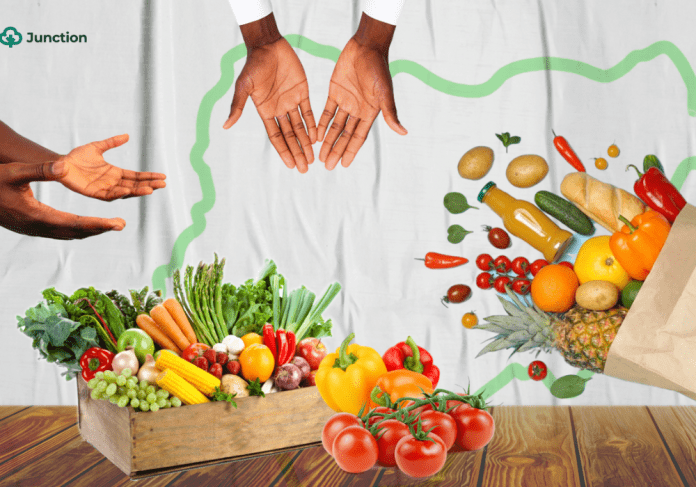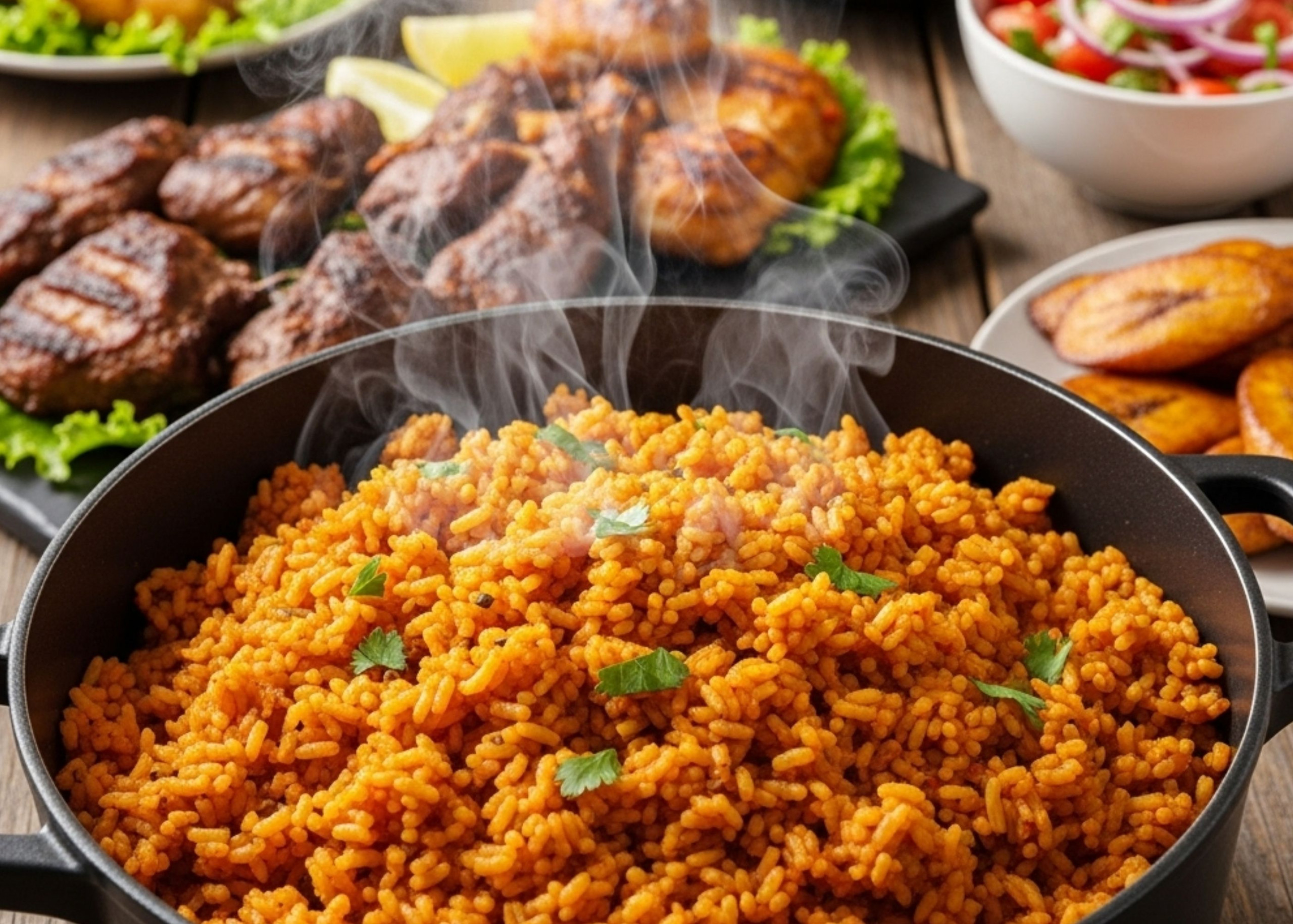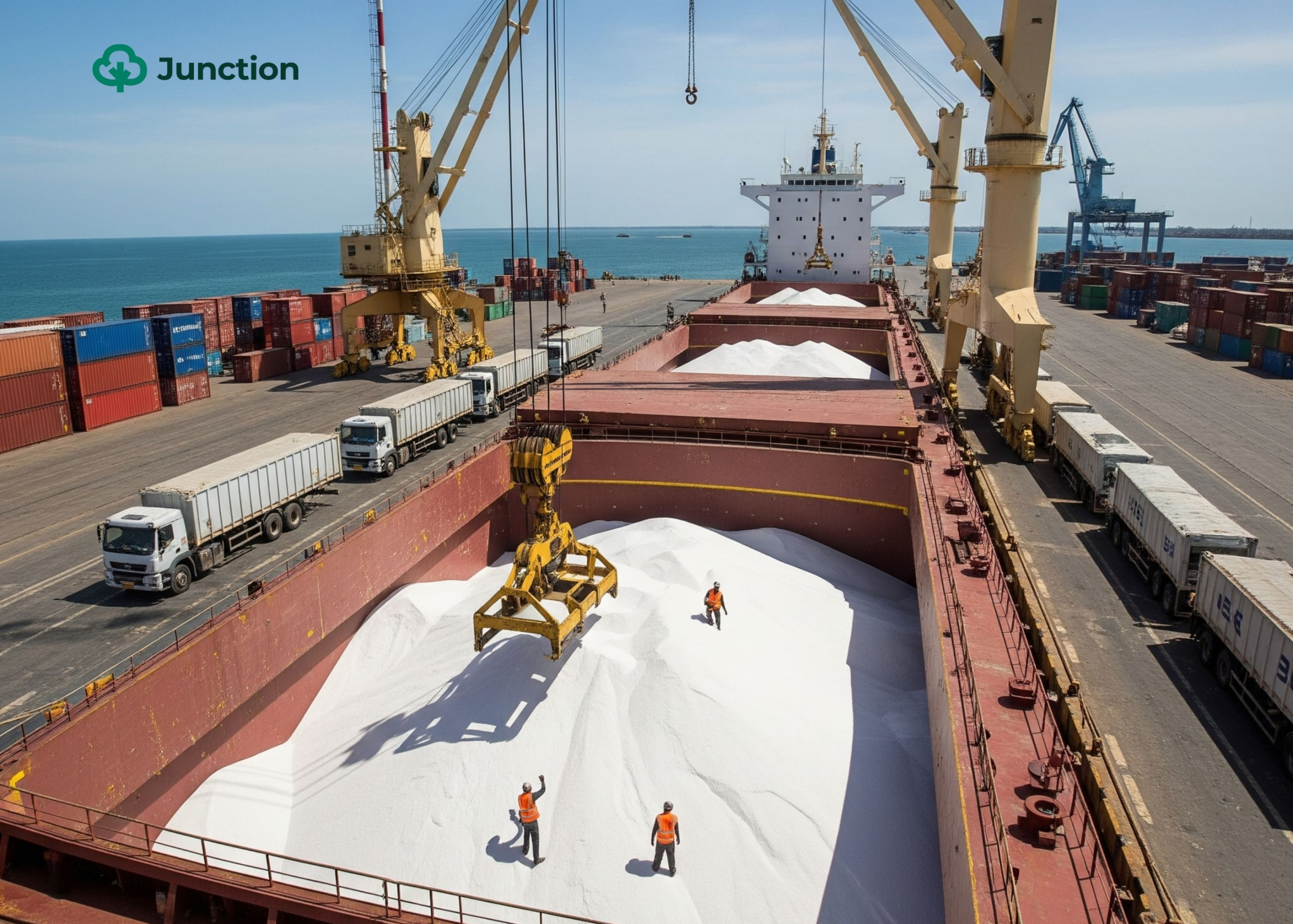Questions answered here: - What is the state of food insecurity in Nigeria and the data behind its existence? - What are the major causes of food insecurity in Nigeria? - How can fixing insecurity and import policies solve these problems?
In January 2023, the United Nations International Children’s Emergency Fund (UNICEF) stated that 25 million Nigerians (47% up from 17 million currently food insecure) are at risk of severe food insecurity.
And the reasons for this include lingering insecurity affecting farmersâ ability to plant and harvest, poor storage facilities leading to post-harvest losses, climate change effects creating weather irregularities like excessive flooding, and rising food prices leading to inflation. As of Jan’23, Nigeriaâs annual inflation is at its highest since 2005 at 21.8% (versus 15.6% in Decâ 20).

With more people becoming food insecure and falling below the poverty line due to exorbitant food prices, the need to address the problems plaguing Nigeriaâs agriculture sector and reducing outputs has become imminent. According to the World Bank, an additional five million people slipped into extreme poverty in 2022 amid higher food prices.
For instance, although poor storage facilities are only one of the numerous endemic issues plaguing Nigeriaâs agriculture sector and dwindling productivity, addressing it will go a long way to boosting food supply across the country all year round.
Adequate storage facilities help reduce post-harvest losses (PHL). This in turn boosts the countryâs strategic food reserves, which are handy during the planting season when there’s limited food supply.
Unfortunately, with food storage in Nigeria being epileptic and other issues contributing to food shortages, inflationary pressures continue to heighten. This is because changes in food prices largely dictate the pace of headline inflation.
This article will unpack food insecurity in Nigeria by first contextualising what food insecurity means and Nigeriaâs ranks on the global food security index. Across each tenet, weâll analyse where and how Nigeria struggles and then move to solutions to food insecurity in Nigeria.
Letâs dig in.
Food insecurity in Nigeria
Food insecurity is the exact opposite of food security. And according to the World Economic Summit of 1996, food security is when all people, at all times, have physical and economic access to sufficient safe and nutritious food that meets their dietary needs and food preferences for an active and healthy life.
Simply put, food security in the context of a country is when clean and nutritious food is available to everyone. Not only is the food available, but people must also be able to afford it.
This brings us to the tenets of food security. According to the United Nations Food and Agriculture Organization (FAO), four broad areas — availability, affordability, utilisation and stability — determine whether or not a country or people living in a country are food secure. Weâll examine each category to see why and how Nigeria is food insecure.
Availability
Food has to be available in large quantities all the time, spotlighting the need for effective and efficient production and supply of food. Sadly, there are many blockers to Nigeria’s success with food availability from production and across the food supply chain. Hence the shortages and then higher prices.
Smallholder farmers are responsible for over 80% of local food production in Nigeria. Unfortunately, these farmers are impoverished and unable to increase crop yields due to financial constraints.
For instance, with fertiliser (urea) prices growing by almost 4x to $1,037 per tonne in 2022 (versus $300 per tonne in 2017), many farmers cannot purchase the input material to boost their harvest. Another example is the 20% rise in the price of corn between 2021 and 2022, making it difficult for poultry farmers to make feeds for their birds.
Apart from farmersâ poverty, smallholder farmers still use crude and shallow processing equipment, meaning largely nonmechanised farming practices in Nigeria. It is no longer news how technology automates processes and can aid more food production in less time.
However, that is not happening enough in Nigeriaâs food value chain, and a good example is palm oil production.
Nigeriaâs crude oil palm yield (amount of oil palm produced) from small-scale farmers stood at 0.39 metric tons per hectare in 2017, compared with Malaysia (3.87 metric tons per hectare) and Indonesia (3.58 metric tons per hectare).

Farmersâ poverty and the use of shallow processing equipment are just one part of the food unavailability puzzle. Thereâs also insecurity and farmers-herdsmen crises that affect the ability of farmers to plant and harvest. Climate change is also a big problem, and we saw it manifest boldly in 2022 with the flooding incident that submerged Nigeriaâs largest rice farm (owned by Olam) worth over $15 million.
Ultimately, Nigeria is struggling with food availability due to the issues above (farmersâ poverty, poor storage, inadequate equipment and insecurity).
Now to the next tenet of food insecurity.
Affordability
Food availability does not guarantee that households, and by extension, a country, is food secure. Food has to be affordable.
However, with Nigeria struggling with availability problems leading to shortages, food prices have been highârecall, food inflation is at a 17-year high of 24% (as of Janâ23). The issue is that inflation erodes consumersâ purchasing power as the real value of incomes declines. If you were earning â¦100,000 in 2018, your moneyâs worth is just â¦51,000 today.
In addition, higher energy prices (diesel prices are up 200% in the last year) heighten food transportation and distribution costs that, in turn, exacerbate rising food prices.
The transmission mechanism is simple. Producers transport goods across states using diesel-run trucks. With diesel prices higher, producers pass on the burden to consumers in the form of higher food prices.
Another issue to take cognisance of here is the exchange rate.
The CBNâs unorthodox capital control measures (e.g. 41 (now 43) import restriction list and multiple exchange rate window) restrict access to foreign exchange (FX) at official rates.
This has caused manufacturers that import critical food items (like wheat, which is used for widely consumed staples like bread, noodles, and pasta) to source for FX at the more expensive black market. In the past year, the naira crashed by over 30% at the black market, translating to increased import costs for manufacturers and, in turn, prices. For instance, imported food inflation has climbed to 19% from 15% five years ago.

So, not only is Nigeria struggling to provide enough food locally, the shortages contribute to the sharp and sustained increase in food prices in the country. Next tenet is utilisation.
Utilisation
This tenet covers how food is prepared and preserved before and after it gets to the final consumer. Over time, there have been reports of lousy preservation methods like using harmful pesticides on grains or painkillers like paracetamol to prepare meals.
Also, there are issues with the quality of water used in preparing food.
As of 2018, Nigeriaâs water, sanitation and hygiene sector declared a state of emergency because over 90 million people did not have access to clean water. So, with the highly unhygienic preparation and preservation, food quality is compromised, making it less nutritious and dietary beneficial. Going back to the definition of food security we mentioned earlier, poor utilisation in Nigeria contributes to the country’s food insecurity level.
And this brings us to our final tenet, stability.
Stability
This covers sustainability in food availability, affordability and utilisation. If food is not available, affordable and in good condition (utilisation) for an extended period for individuals, households and, by extension, the country, then food insecurity still exists. And from all weâve seen so far, Nigeriaâs stability across all three tenets is highly questionable.
Weâve highlighted the tenets of food security and analysed how Nigeria fares across all four categories. Next, weâll examine Nigeriaâs food security and hunger performance amongst other countries using the Global Food Security Index (GFSI) by the Economist and the global food hunger index by the United Nations Food and Agriculture Organization (FAO).
Doing this will help us answer if Nigeria is genuinely food insecure.
Nigeriaâs performance across food security and hunger indexes
According to the GFSI by the Economist in 2022, Nigeria ranked 107th out of 113 countries, just 24 places from the last position.

However, digging deeper into the data, youâd see that Nigeria’s biggest problems are with availability and affordability, and weâve seen through the analysis in the article why this is happening.

From the above chart, we see that Nigeria ranked last out of 113 in affordability, while the country ranked 108th in availability. Nigeria fares well in utilisation and stability compared to other peer countries like Ghana, which ranked 94th and 88th in utilisation and stability, respectively.
However, we canât overemphasise how issues plaguing food availability continue to spill over into other aspects of food insecurity. Limited food supply amid rising demand increases food prices, making it less affordable.
This is particularly important considering that according to the National Bureau of Statistics (NBS), over 90 million Nigerians are monetarily poor (earning approximately â¦11,500 monthly), and 133 million (over 60% of the total population) are multidimensionally poor.
Limited food supply
In addition, if food supply is limited, thereâs the likelihood that sellers or retailers are negatively motivated to preserve food in a poor and non-sanitary manner to avoid losses and make sales, which compromises utilisation.
Finally, with inflation watering down peopleâs incomes, food stability and sustainability chances begin to decline. In a survey, the World Bank highlighted that several households in Nigeria are beginning to skip meals.
The following index weâll use is the Global Hunger Index (GHI).
GHI is a tool for holistically measuring and tracking hunger at global, regional, and national levels. GHI scores are based on the values of four major component indicators: undernourishment as a population percentage, child wasting, child stunting and child mortality.
Hereâs how the FAO defines each component:

For context, undernutrition according to the FAO refers to the result of inadequate intake of food in terms of either quantity or quality, poor utilisation of nutrients due to infections or other illnesses, or a combination of these immediate causes.
And undernutrition is due to various factors, including household food insecurity, poor and inadequate maternal health or childcare practices, inadequate access to healthcare services, lack of clean and safe water, and sanitation.
To add, we are looking at this data because if Nigeria is food insecure, it will reflect in hunger and malnourishment across the country.
Besides, from the explanations and definitions by the FAO about the index, we see that GHI goes a step further to show the issues. It also uncovers the implications of the significant food tenets security Nigeria struggles withâaffordability and availabilityâif they are not addressed soon. In the latest GHI report, Nigeria ranked 103rd out of the 121 countries tracked by the FAO. The country also scored 27.3, indicating that the country’s hunger level is profound.

And this data is not too far-fetched when you consider that about 15% of the countryâs population is facing acute hunger. According to the World Food Programme (WFP), 8.4 million Nigerians face acute food insecurity in the northeast.

From the indexes we have reviewed, we will not be remiss to say that Nigeria is food insecure. Considering that numerous issues plague food supply (availability) that continue to stifle agricultural sector output and fuel inflation.
Is there a way out of food insecurity?
Based on all that has been said, it is evident that the core of Nigeriaâs problem is availability.
Unfortunately, the biggest threat to domestic food availability is insecurity. And the government has not done a fantastic job of curbing these incessant security attacks. Moreso, the CBNâs 43 food items import restrictions in 2015 and the governmentâs land border closure in 2019 only worsened the problem.
Even though the borders are now open and the CBN has given a few importers of commodities like flour forex concessions, the damage has been done (and is still being done).
The country is still reeling from the effects of these two rash import substitution policies. It is especially visible as the naira remains in a free fall at the black market.
Sadly, these issues plaguing food availability will linger for a long time. Hence, the vicious cycle of low food supply will remain in the near term, leading to higher prices. As such, addressing this issue should be one of the core mandates of the next administration after the elections.
The best approach by the government will be to address insecurity and other endemic issues affecting agriculture sector output. And when the country has reached a reasonable level of self-sufficiency, we can begin phasing out imports.



